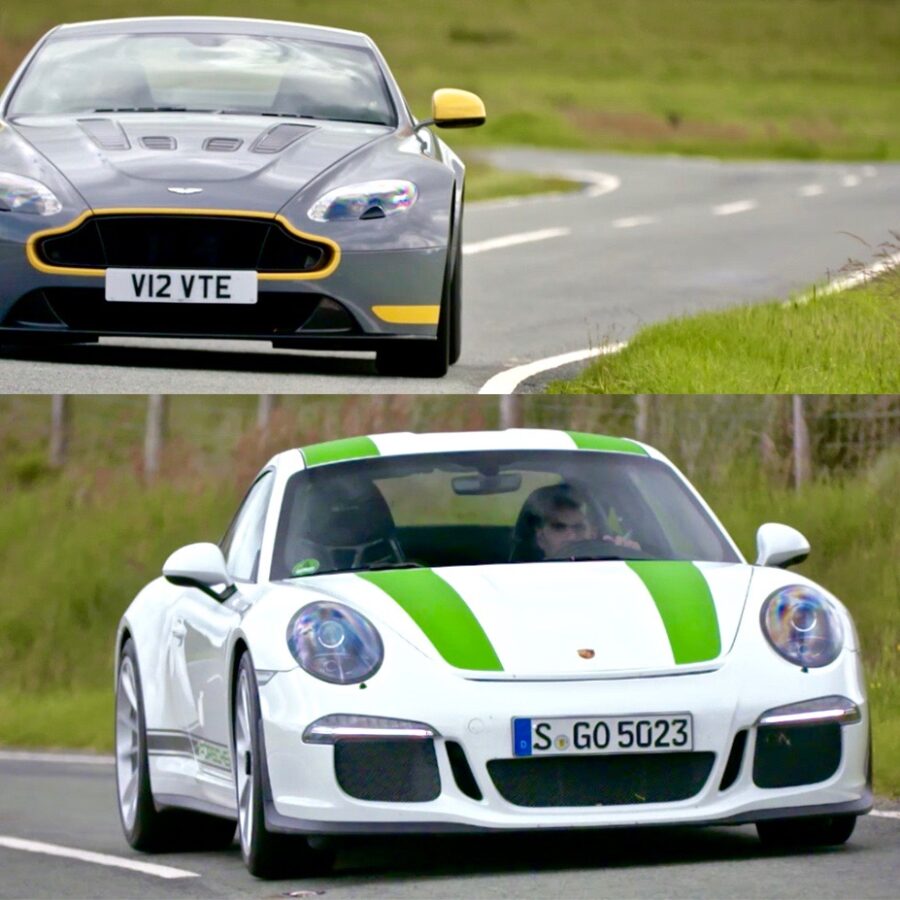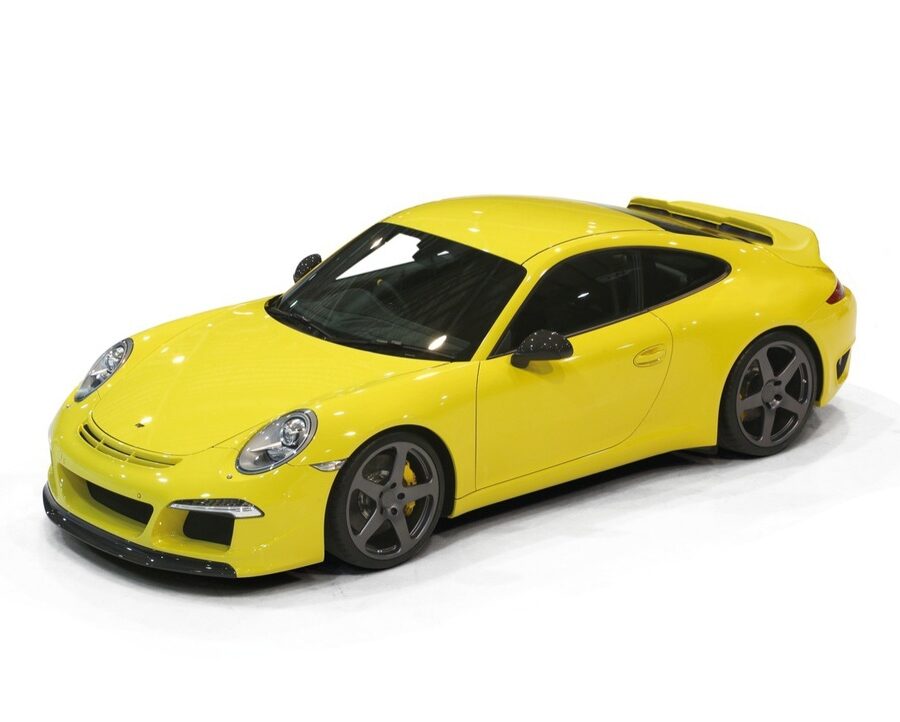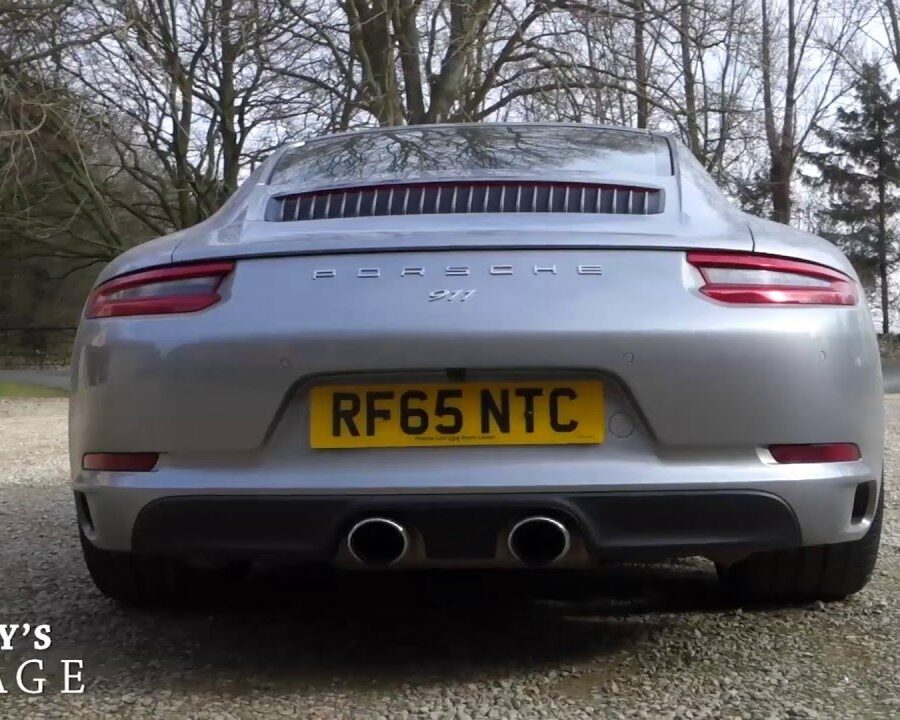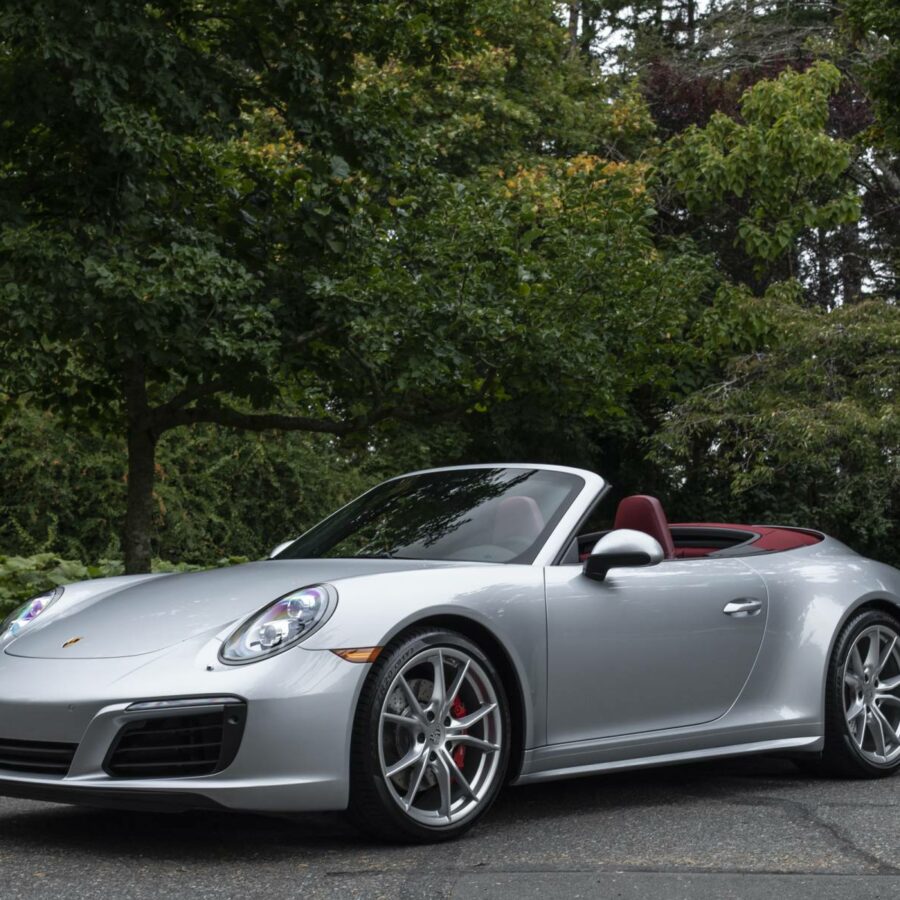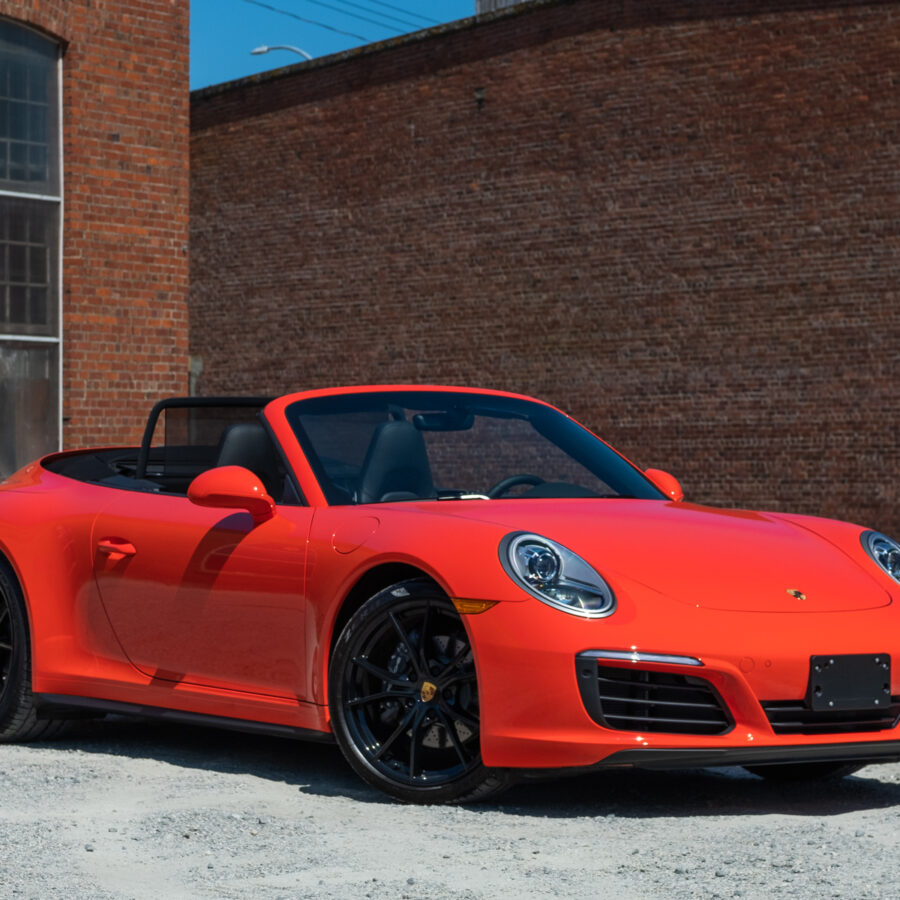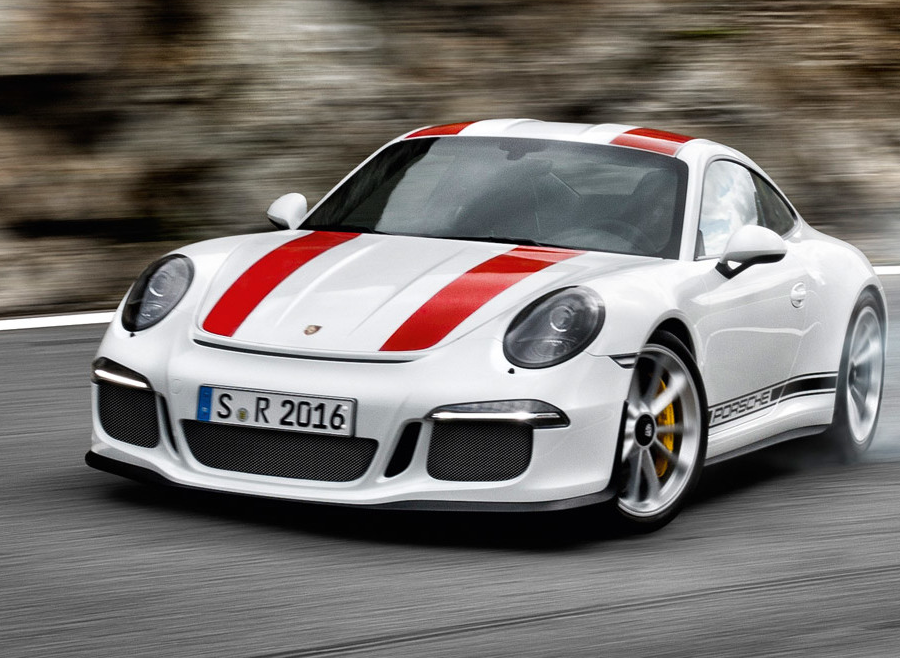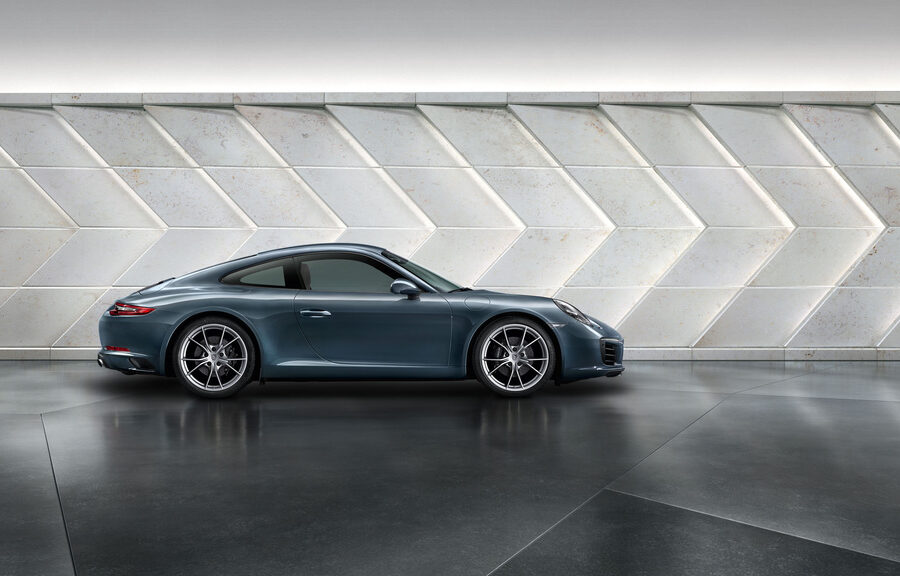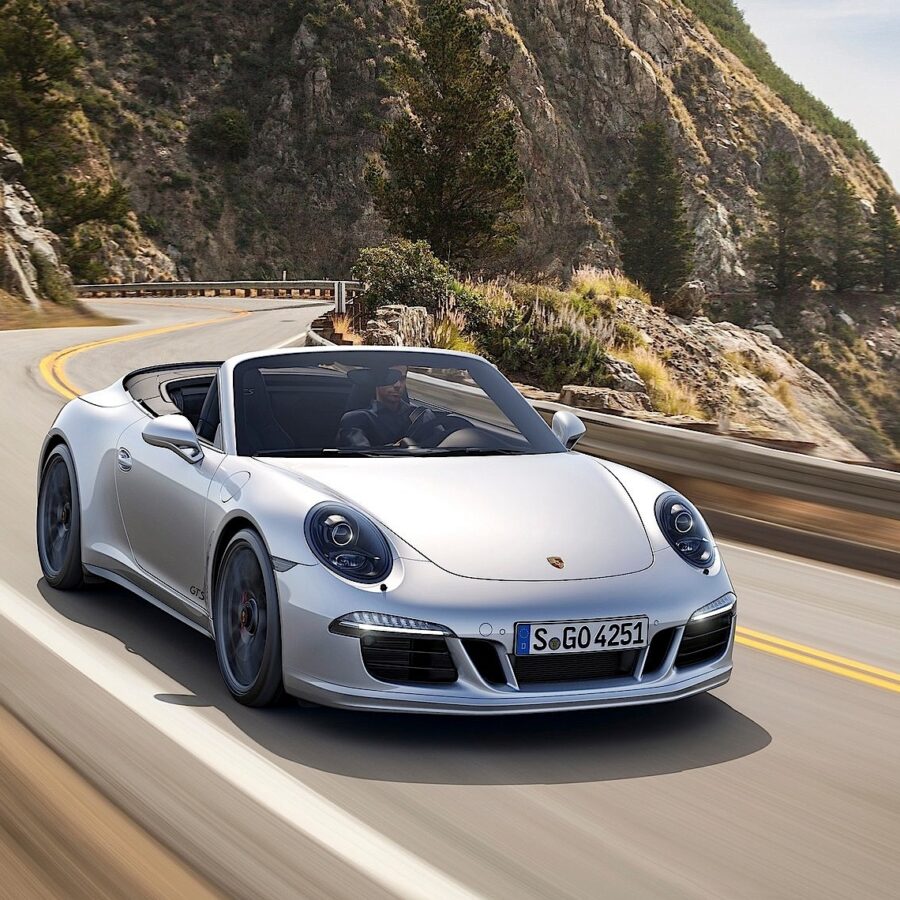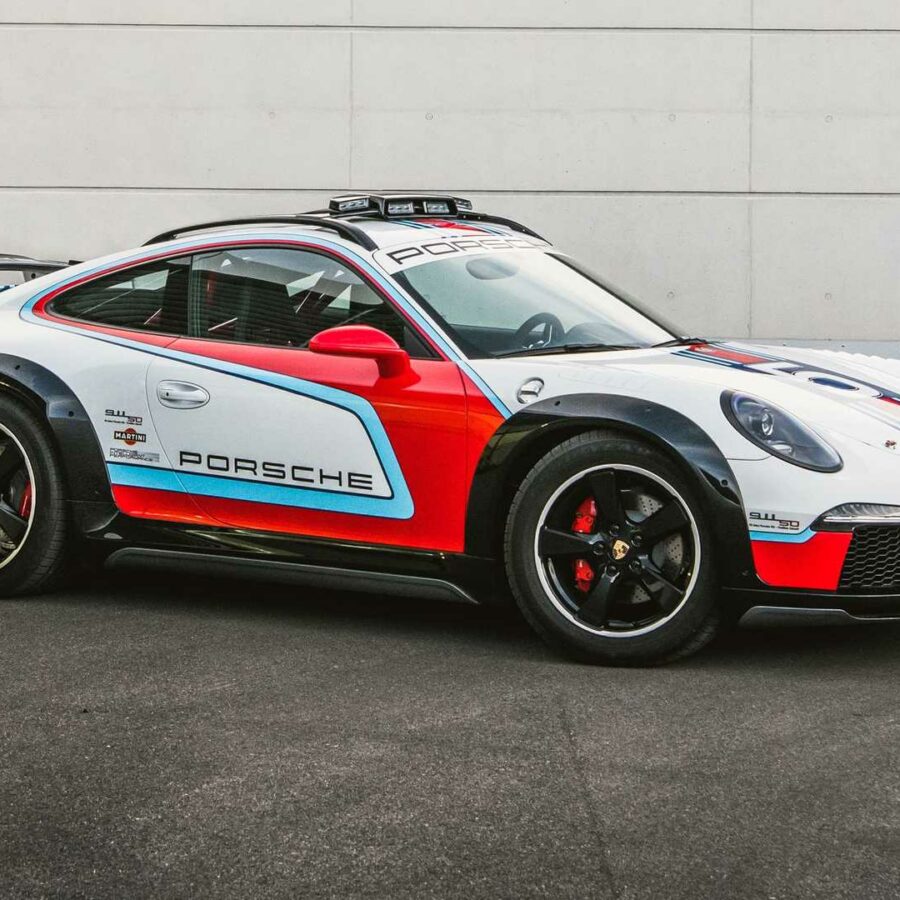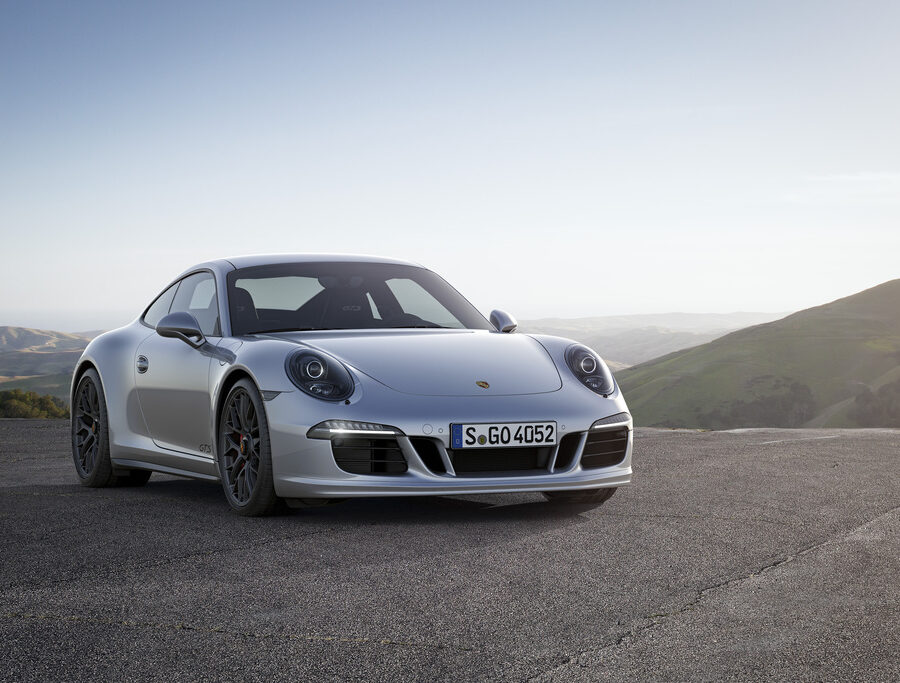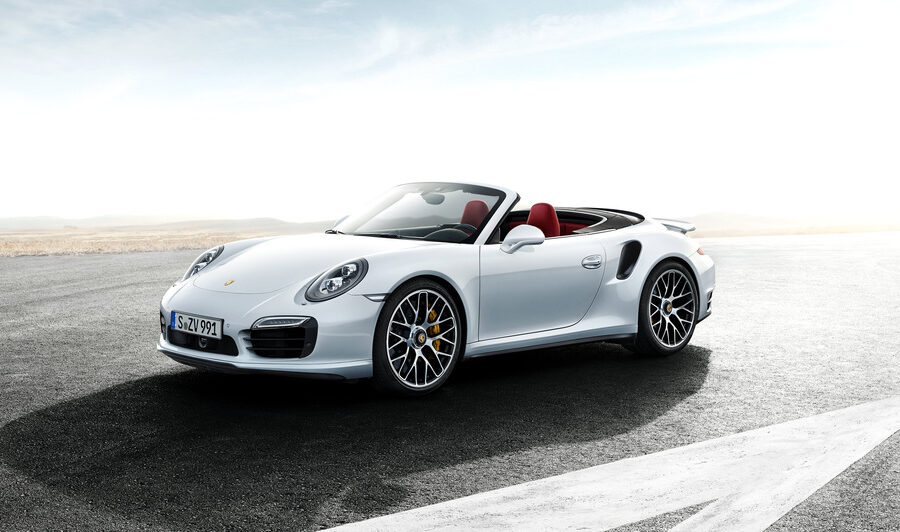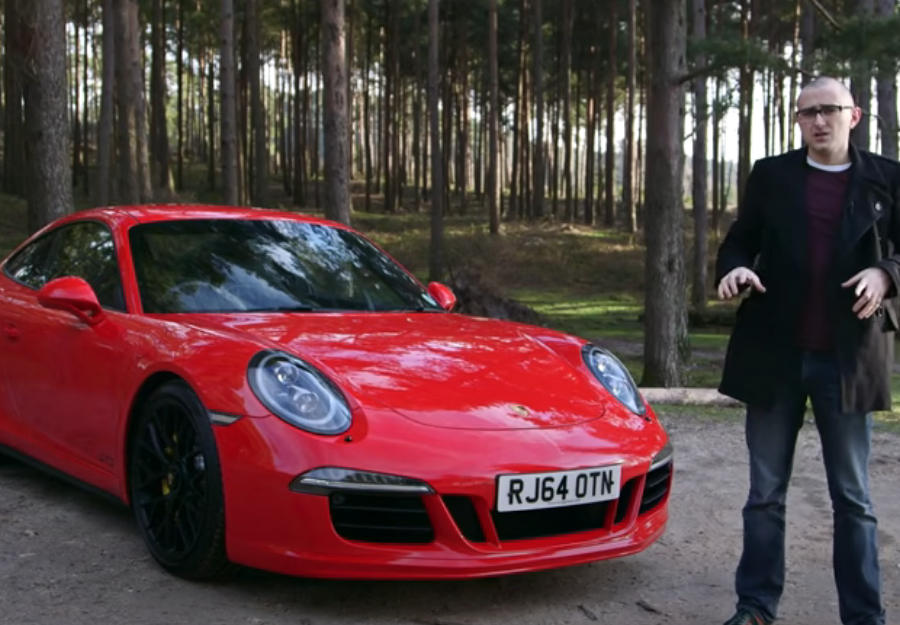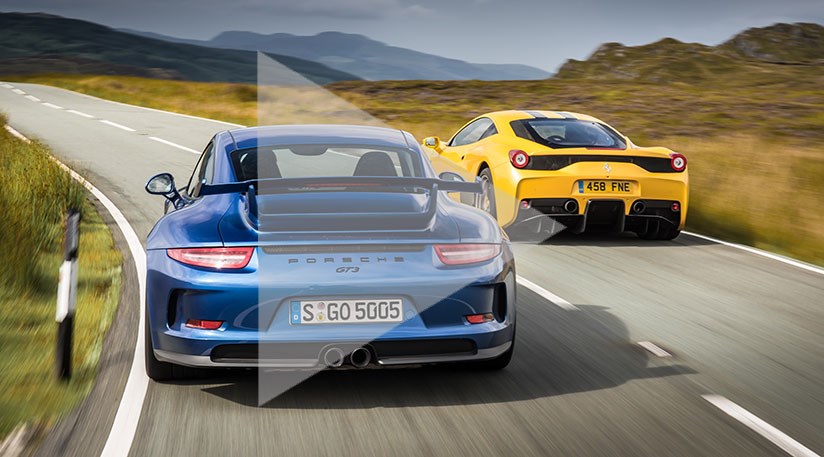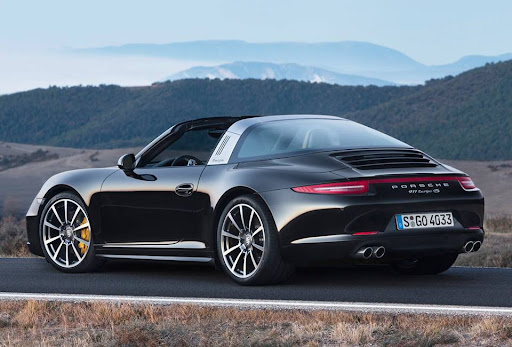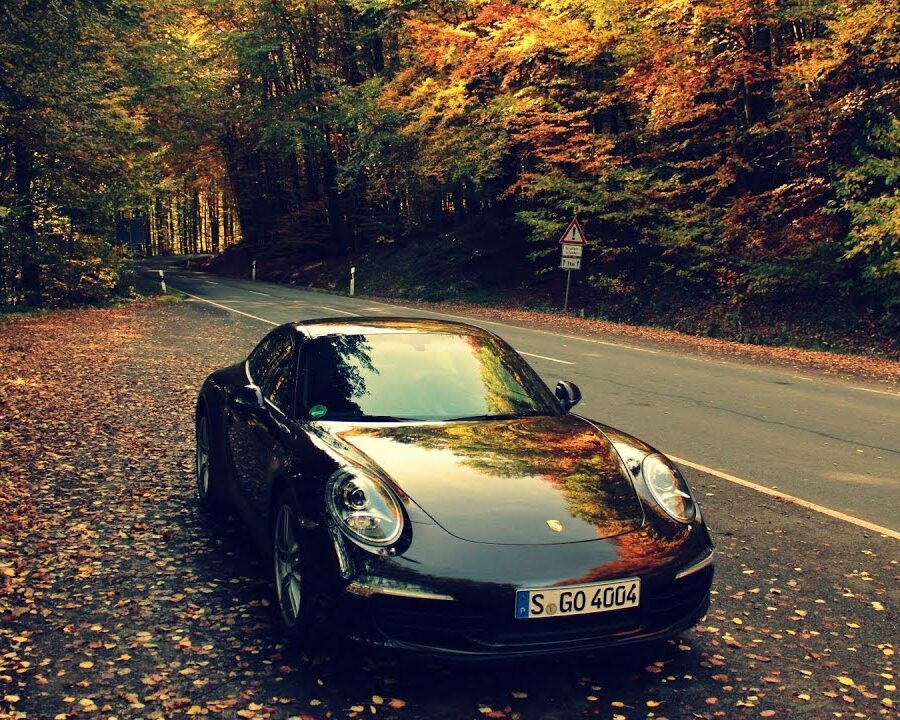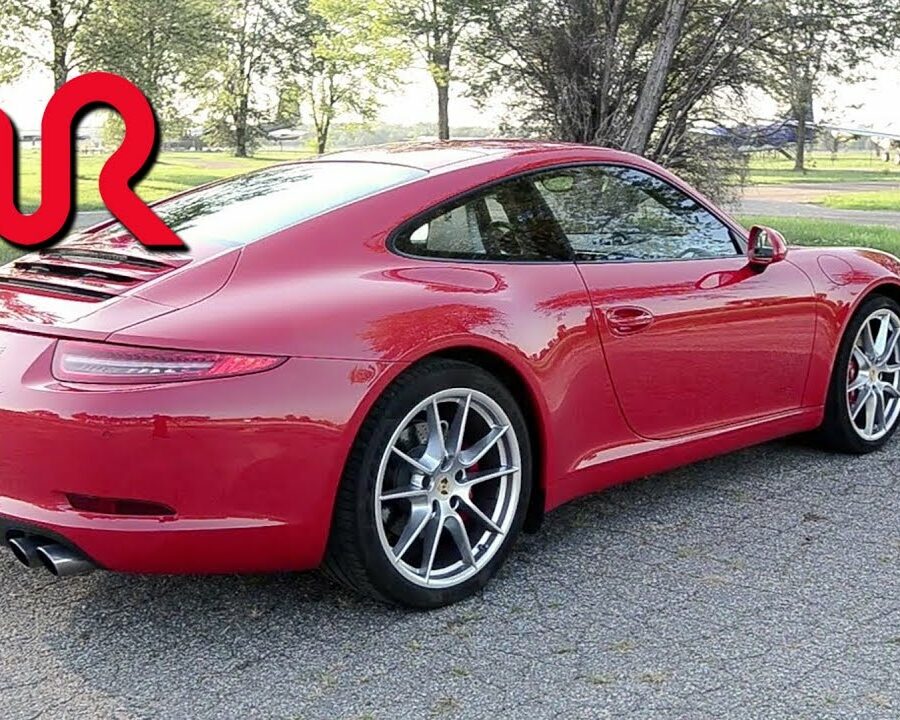Porsche 911 GT3 R (991.1) (2016 – 2018)
A customer sport race car for GT3 series around the world: The 911 GT3 R.
Porsche 911 Targa 4S (991.2) (2016 – 2019)
The all-weather 911 is even better with a turbocharged engine
Porsche 911 Targa 4 (991.2) (2016 – 2019)
New 3.0 liter twin-turbo flat six. More usable than ever. Still stylish and sexy.
Porsche 911 Carrera 4S Cabriolet (991.2) (2016 – 2019)
A new turbo flat-six engine is the headline news. Still super fast and surefooted all year round.
Porsche 911 Carrera 4S Coupe (991.2) (2016 – 2019)
Everyday ease of use. Still a mighty sports car.
Porsche 911 Carrera 4 Coupe (991.2) (2016 – 2019)
A fast, do-anything, go-anywhere premium sports car that is perfect for all-weather fun and daily driving
Porsche 911 Carrera S Cabriolet (991.2) (2016 – 2019)
Lots of changes under the hood don't change the fact that this is the sweetest convertible sports car you can buy
Porsche 911 Carrera S Coupe (991.2) (2016 – 2019)
Purists might moan that the naturally aspirated flat-six engine is gone, but this is still the best sports car around
Porsche 911 Carrera GTS Club Coupe (991) (2016)
Porsche celebrates 60th anniversary of Porsche Club of America with limited-edition 911 model
Porsche 911 Black Edition Coupe & Cabriolet (991) (2016)
Extra niceties for a value-adjusted price
Porsche 911 Carrera Cabriolet (991.2) (2016 – 2019)
Porsche says the turbocharging part of the progress. We find out if that makes it better
Porsche 911 R (991) (2016)
4.0-liter naturally aspirated flat six with 500-hp and a manual gearbox. This is driving perfection.
Porsche 911 Carrera Coupe (991.2) (2016 – 2019)
Turbocharged Flat-6 Carrera Is Here... And It is Pretty Awesome
Porsche 911 Targa 4 GTS (991) (2015 – 2016)
Sporty, stylish and super-fast all-weather stunner from Porsche
Porsche 911 Carrera 4 GTS Cabriolet (991) (2015 – 2016)
The all-weather 911 with all the right options out of the box
Porsche 911 Carrera 4 GTS Coupe (991) (2015 – 2016)
Looking for a track car? Get a GT3. Looking for the perfect daily driver? Get the Carrera 4 GTS Coupe.
Porsche 911 Carrera GTS Cabriolet (991) (2015 – 2016)
Faster and more focused, this is a 911 Cabriolet that perfectly straddles serious sports car with open top fun
Porsche 911 Vision Safari Concept (2015)
Reminiscent of the legendary 911 Safari, which were used in the 1970s in the East African Safari Rally.
Porsche 911 Carrera GTS Coupe (991) (2015 – 2016)
More aggressive looks, significant extra power, and highly desirable options. This is the perfect all-round 911.
Porsche 911 Targa 4S (991) (2014 – 2015)
Offer the perfect halfway house between the coupe and convertible. Now with the cool new (old) proper Targa style
Porsche 911 Targa 4 (991) (2014 – 2015)
Will the original Targa please stand up
Porsche 911 Turbo Cabriolet (991) (2014 – 2016)
Open Top Driving Has Never Been So Fast & Easy
Porsche 911 Turbo Coupe (991) (2014 – 2016)
The new 911 Turbo has even more power and more electronic systems. The perfect GT.
Porsche 911 Carrera 4S Cabriolet (991) (2013 – 2015)
Proves that you can have your cake and eat it too
Porsche 911 Carrera 4 Cabriolet (991) (2013 – 2015)
All-weather traction combined with drop top fun
Porsche 911 Carrera 4 Coupe (991) (2013 – 2015)
Uses an all-wheel-drive system based on that of the outgoing 911 Turbo
Porsche 911 Carrera S Cabriolet (991) (2012 – 2015)
A Pretty Perfect Open Top Sports Car
Porsche 911 Carrera S Coupe (991) (2012- 2015)
It is physically bigger, much faster and still the best sports car on the planet
Porsche 911 Carrera Cabriolet (991) (2012 – 2015)
Porsche is doubling the driving fun to be had from the new 911 Carrera by putting a Cabriolet alongside the Coupe
Porsche 911 Carrera Coupe (991) (2012 – 2015)
The latest generation 911 arrives and even in base form, it is a cracking car
Porsche 911 GT America (991) (2014)
Built for the United Sports Car Racing (USRC) series and its GT Daytona class for 2014
Porsche 911 GT3 RS (991) (2015 – 2016)
For those who want more extreme performance, handling and track-day bragging rights
Porsche 911 Turbo S Cabriolet (991) (2014 – 2016)
Supercar Performance In a Cabriolet Body
Porsche 911 Turbo S (991) (2014 – 2016)
560 bhp and 516 ft of Porsche GT Perfection
Porsche 911 GT3 (991) (2014 – 2016)
All-new 3.8-litre flat-six. Electric steering. No manual gearbox. Still one of the best sports cars money can buy
Porsche 911 50th Anniversary Edition (991) (2014)
Built by Porsche to commemorate the 911’s birthday, 50 years after its production launch in 1964.
Porsche 911 GT3 Cup (991) (2013 – 2016)
Continues to be the most successful race car in the world.
Porsche 911 RSR (991) (2013 – 2016)
2015 FIA World Endurance Cup for GT winner



